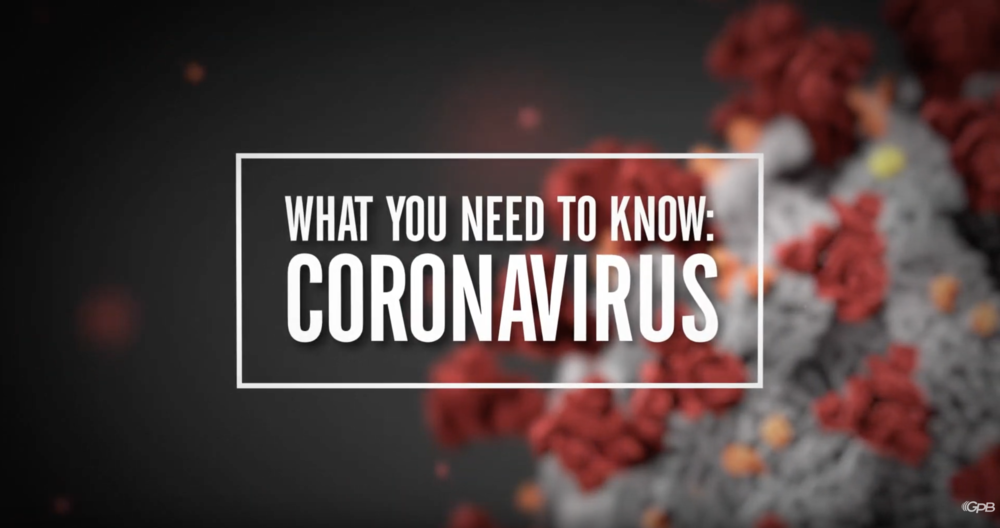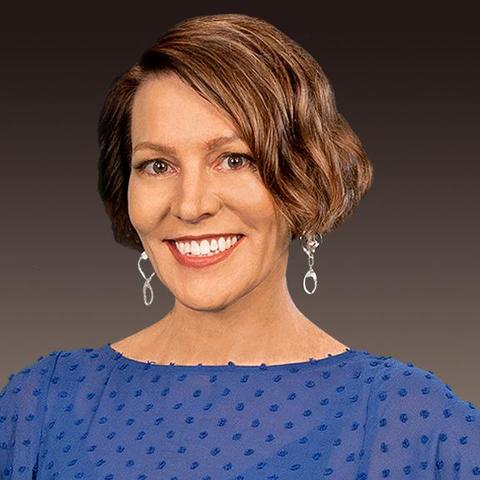Section Branding
Header Content
What You Need To Know: A Children's Book On COVID-19
Primary Content
Georgia Public Broadcasting’s new series What You Need To Know: Coronavirus provides succinct, fact-based information to help you get through the coronavirus pandemic with your health and sanity intact.
Explaining a pandemic to kids can be tough. A new children’s book called Together: Living Life During COVID-19 aims to help. The story received an honorable mention in a children’s book competition put on by Emory University’s Global Health Institute.
GPB's Virginia Prescott talks with author Kevin Poplawski and illustrator Michael Rausch.
Kevin, can you give us the basic storyline?
Kevin: Sure. So, you know, Michael and I came up with this idea for this book. And what we wanted to do was, it was designed to provide kids with a way to understand and cope with what is going on during this pandemic.
You know, so many kids are asking so many different questions. So we thought, let's take the book from a little child understanding that, "hey, I'm home from school," but not really why she's home from school, and why she can't see her friends, and why she can't see her grandparents, and why they can't have parties together with their friends.
So then we took this story, let's take it through and understanding why this is happening and with little snippets of including the health reasons behind this as well, which was Michael's idea to have the boxes with the different information and through there.
So we took it from sad, worried, frustrated and then enlightening the child to what they're feeling at this moment to the end of the story where the child is actually empowered to make a decision for herself. And I think that those three key areas really had a good flow to the book.
Well, Michael, how do you imagine parents using this book with their kids?
Michael: I would hope they use it as a base to start a conversation, to kind of teach them about what's going on and giving them a little more clarity into the situation. It's a confusing time for everyone. You know, I feel like information — especially at the beginning — was changing every day. And to go through this as a child, everything's already confusing because you don't know how the world works to then throw a pandemic on that. It's just a lot of uncertainty.
And so I hope they can just use this book, just sit with their children and just talk about it and give them a little reassurance that there are people out there who are helping. And we're all in this together and we can get through as long as we stick together like the book says.
Kevin, I know you have a couple of kids, you have two daughters. You and your wife both work in the medical field. Have I got that right?
Kevin: Correct.
So how did you draw on that and your role as a parent to shape this story?
Kevin: A lot of the examples from the book come from things that happened in our house. It was about, I would say, maybe a month into the quarantine and my 5 year old looked at me. She was sad one day, and she looked at me and said — and I said, "Emily, what's the matter?" And she said, "Dad, I'm afraid, my school blowed down." And I said, "Well, what do you mean?" And she goes, "Well, I haven't seen it." And like, she was really worried that it wasn't there.
She had not been outside our neighborhood in a month. You know, we've been around the neighborhood. We've stayed away from any type of stores or kept them away from all that stuff. So I really thought for a moment, like, "wow, she doesn't know that there's a world still going on outside of there that she doesn't realize about." So I said, "let's go for a drive in the car." And we honestly, I took her, my 3-year-old, we hopped in the car, we drove to her school, we drove by our church. We drove just to see things.
We drove for an hour around: trees, buildings, other cars out there, people. And almost like a sense of relief came over her, saying, "oh, OK, things are still going on. My school is still there, our church is still there — life is still going on." And it was just a calm that came over her. It was one of the first scenes that I thought of for the book, just thinking, "OK, this is how we can relate to these children." You know, this is — this is what they're feeling.
Adults deal with this virus in maybe a different way than kids deal with it. And we may not think about the ways that they're worried about this virus versus the way adults think about it. So that helped me write a decent amount of the book. It's just some things that my kids were dealing with themselves.
Yeah. And Olivia also goes for a drive around her school and neighborhood in the book. So, Michael, this is your third book together, a picture book for kids. How did you approach the illustrations for these pages, especially for creating a look for the coronavirus?
Michael: It kind of just basically starts with Kevin's words. You use that as the foundation and the inspiration. I, you know, took each sentence and kind of divided them. Okay, this will be one page. This will be another page. This will be another page. And then from there you find the key shot or the key emotion of that one phrase or paragraph or sentence and build the illustration around that. We had a weekend to get the sketches right, cause we only had 12 day's to do this, which is a very tight deadline.
Right. Because this was a part of the competition.
Michael: I sent him an illustration probably every day or every other day, just so we can keep moving, stay on top of it and meet our deadline. And we did so it was great.
And it is bright and vibrant in the look. And I couldn't help but thinking that this book is helping to in some ways document the history of the pandemic, built for a very — made for a very specific time. How do you hope it's going to be seen when this is all over?
Kevin: Well, I really would like hopefully people to say, to see that this is why kids are dealing with these things. We purposely didn't have the "new normal" or new, you know, "new now" in there because we don't know what that's going to be. You know, what is life gonna be like four months from now? We have no idea.
And so we didn't go there, but we thought, you know, if we're dealing with present day emotions and that can, if that carries over — we can continue to say, "OK, this is how we can deal with some of these things."


